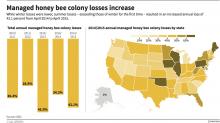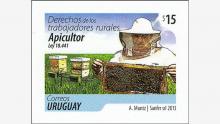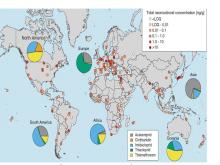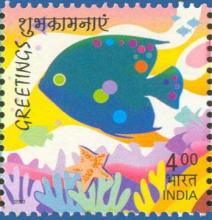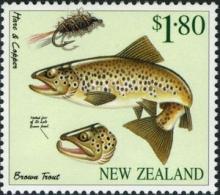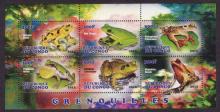Artemis en Nefyto starten juridische procedure tegen gebruiksverbod buiten de landbouw
De overheid heeft vorig jaar een verbod ingesteld op het gebruik van gewasbeschermingsmiddelen op verhardingen en is voornemens om per 1 november 2017 dit verbod uit te breiden tot alle toepassingen buiten de landbouw. Ondanks bezwaren van Artemis en Nefyto zet de overheid dit verbod door. Genoemde organisaties vinden het verbod onrechtmatig, ongegrond en onwenselijk en hebben daarom besloten een juridische procedure tegen de Staat te starten.

